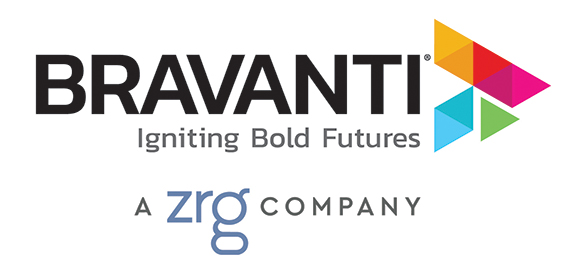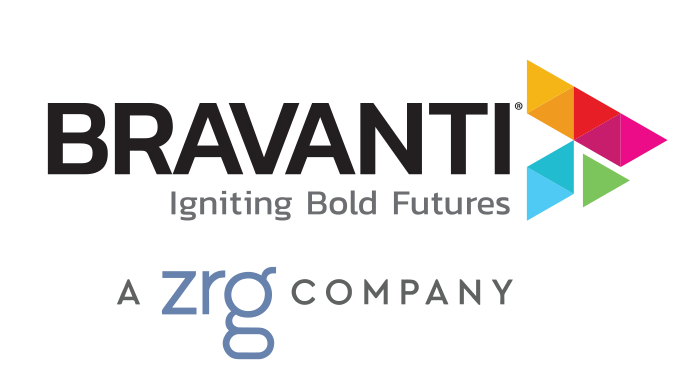By Bravanti
Are your leaders ready to drive your business in the new world of work? Unfortunately, for many companies, the answer to this question is no.
In the world of work today, change is constant. This change is largely driven by technology and Industry 4.0, and people are trying to keep up:
- Most CXOs acknowledge their people aren’t ready for Industry 4.0.
- Sixty seven percent of CEOs believe technology will drive a higher value than people will, according to this recent study
- While technology has evolved at an exponential rate over the last 20 years, people productivity has remained relatively flat over this same time, and confidence in leaders has declined
What does this mean for all of us? Technology will continue to have a significant impact on the way organizations and people work. The statistics above show that we clearly need to develop our people, but are we doing it in the right way?
Many point to technology as the obvious and easy solution to innovating learning and leadership development. While it’s part of the solution, there is no substitute for human interaction. Technology needs to be better integrated with the way people lead, learn, and work.
Studies show that spending on leadership development has grown each year over the last 20 years and is at an all-time high of more than $16 billion in the United States alone. Yet, over this same time, confidence in leaders has steadily declined. Leadership development is clearly important, but companies are not doing it in the right way to equip leaders for the new challenges they face. Programs that may have worked in the past won’t work moving forward. Change and innovation is needed in terms of format, audiences, and content to effectively deal with volatility and uncertainty in the marketplace.
In recent years, many companies have adopted new automated learning platforms such as Lynda.com, Coach in a Box, and Degreed. In some cases, Google and YouTube serve as stand-ins for a training department, since their vast amount of content is free and on-demand. The proliferation of technology has expanded beyond learning in organizations to address social networking, performance, workforce planning, and other talent management needs. Companies have invested millions of dollars in these technologies, but results so far have been mixed at best. Why?
Leadership development is about competence and connection. While these platforms may appear robust and innovative, many workers simply do not see the benefit to them and/or do not want to invest the time to learn, integrate, and use these tools to complete their actual work. Technology has outpaced us and is not providing us the value as intended in both our business and personal lives.
Furthermore, there’s no replacement for the connection offered in human learning. In fact, the science of learning suggests that the human element is still critical to ensure that employees remember what they learn, and use that newly gained knowledge to develop their skills, contribute to their organizations, and advance in their careers.
Thus, it is critical for organizations to invest in the technology that will:
- Benefit both the organization and the individual
- Seamlessly integrate – not compete – with that person’s professional and personal priorities
- Complement the important in-person connections that come with leadership development
As automation continues to take hold in today’s workplace, it is important to take a step back and assess how people and technology can best complement and provide value to one another. To continue learning and leading effectively, companies must work smarter with new technologies to fuel productivity and success.

